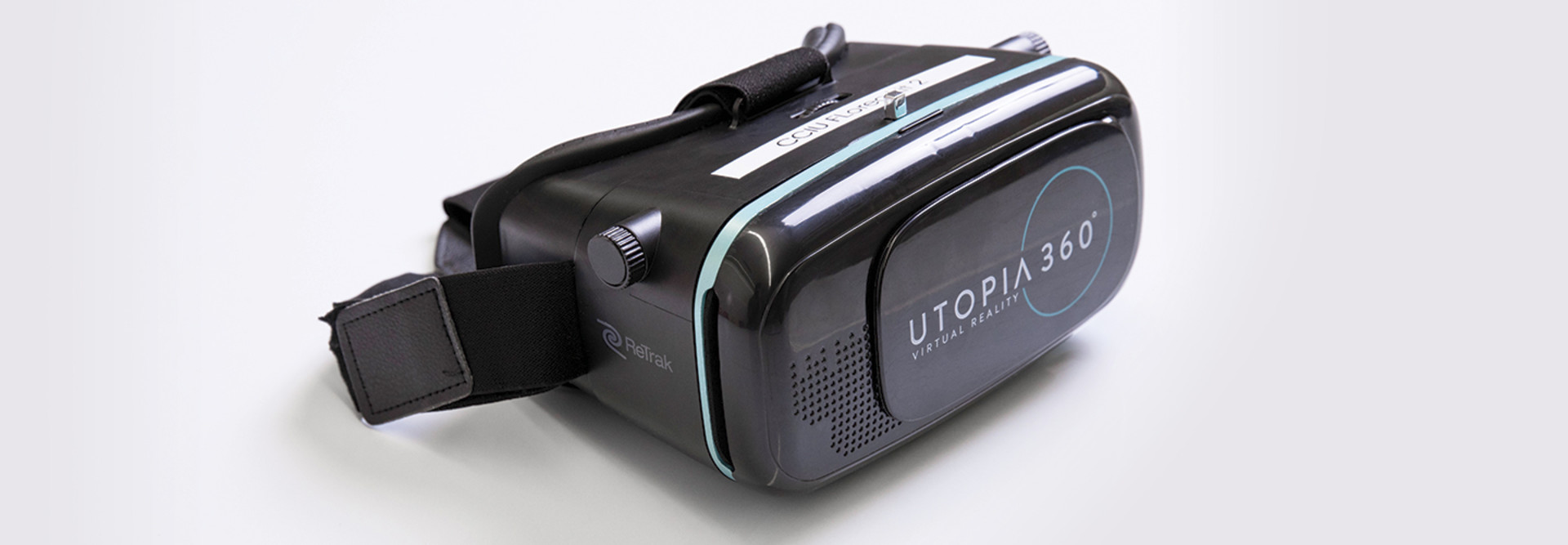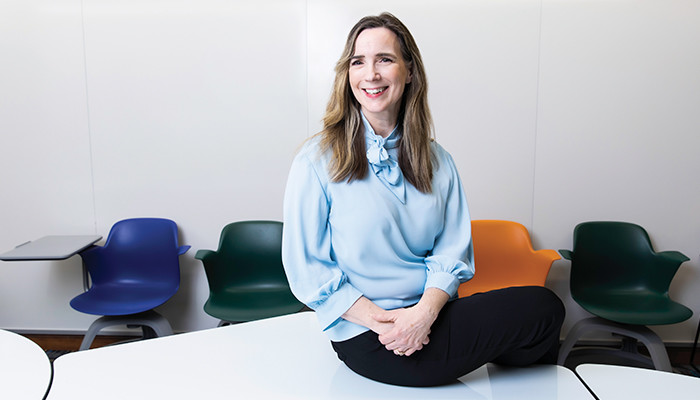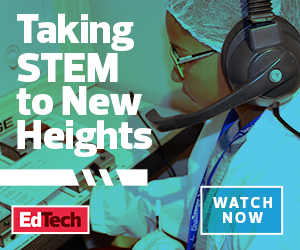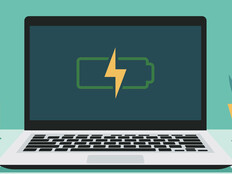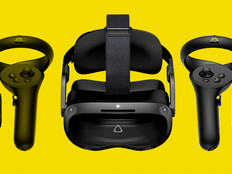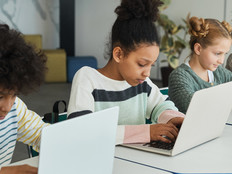Kristen Powell, assistive technology trainer and consultant with Chester County Intermediate Unit, uses VR to help students with special needs.
Powell trains teachers on how to lead students through the programs using tablet computers and often lets teachers borrow the gear for several weeks to work with small groups of students. Some schools served by the agency are considering buying their own VR gear to have regular access to the tools.
It’s difficult to teach implicit social cues and how to read nonverbal cues, Powell says. “There’s only so far you can go with direct instruction. I can show students a picture, but it’s not real life. To me, virtual reality is this great bridge between direct instruction and real-life situations.”
Typical classroom role-playing exercises can sometimes feel “contrived,” says Greg Miller, director of technology support and systems engineering for CCIU, who has experience teaching students with autism. Virtual reality provides students with a digital experience instead of a real-world one, he says, but the technology can often mirror real-life interactions more accurately than even face-to-face exercises can.
“When you go out into the community, those environmental cues and situational variables don’t always translate well to direct, one-on-one role playing or instruction,” Miller says. “With VR, you can model the environment based on the real world. You start to get away from relying on the instructor and build that pathway to a place where students can stand on their own.”
MORE ON EDTECH: Discover how immersive technology champions the four C's of learning.
Tempering the Anxiety of Visiting New Places
Students with autism or other special needs often experience anxiety at the prospect of visiting new physical settings — especially those that present new sensory experiences. Recognizing this challenge, educators at Danvers Public Schools in Massachusetts developed a series of virtual reality tours to help students familiarize themselves with new spaces before actually visiting them in person.
“Our school psychologists were reporting to us about students who had anxiety issues when it came to these changes,” says Jeffrey Liberman, the district’s director of educational technology. “This was one way we thought we could help those students practice in advance with some of the places they were going.”
Before the 2019-2020 school year, the district used a 360-degree camera to film a tour of the high school, and middle school students used VR headsets from ASUS to explore the hallways before visiting the new building for the first time. Since then, the district has created a virtual downtown walking tour that students with special needs take in a life skills class. The district is also creating a virtual tour of its middle school. Officials have turned the 360-degree camera over to the high school’s video production department, which will work directly with the district’s student services department to create future VR videos.



